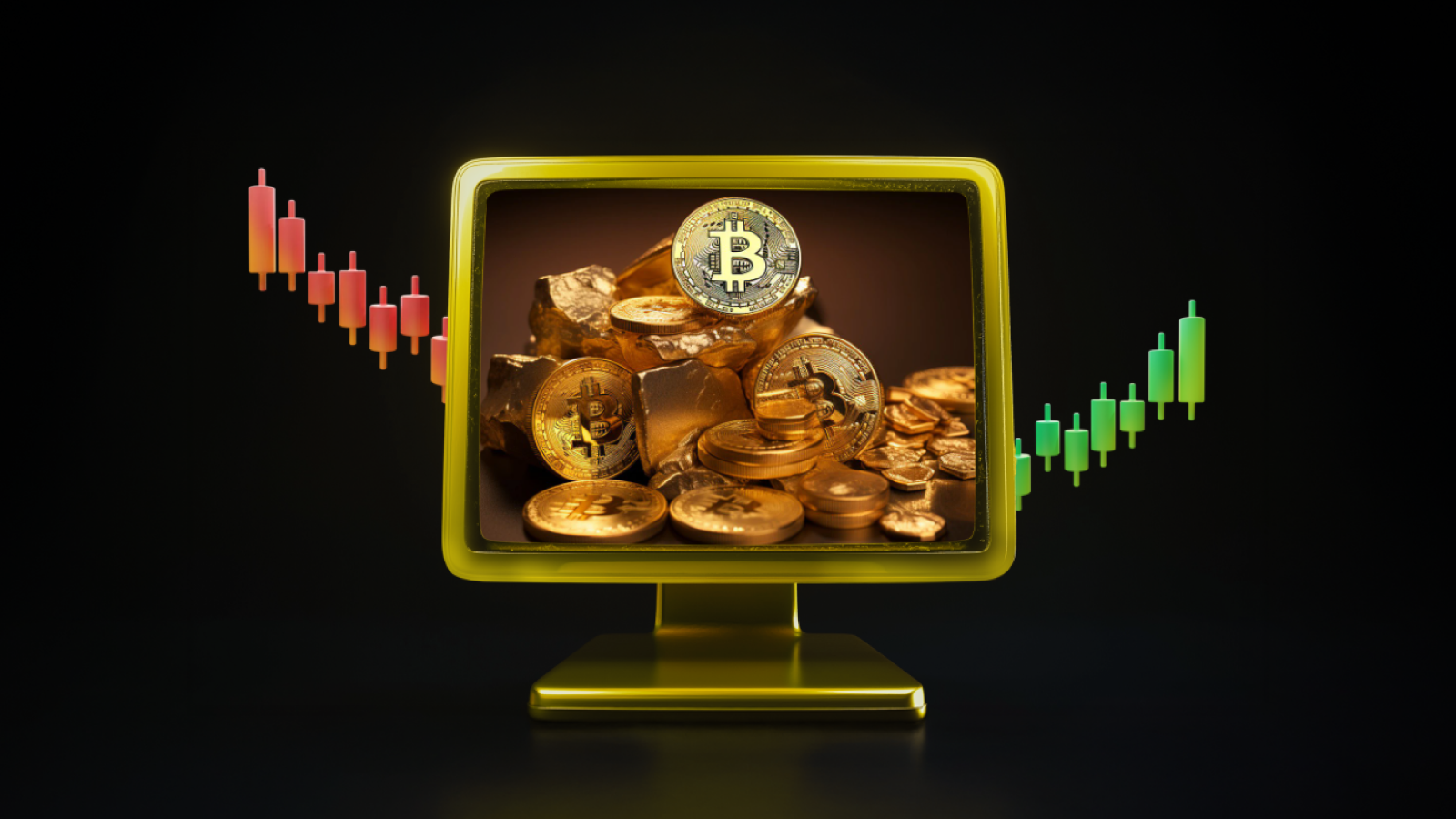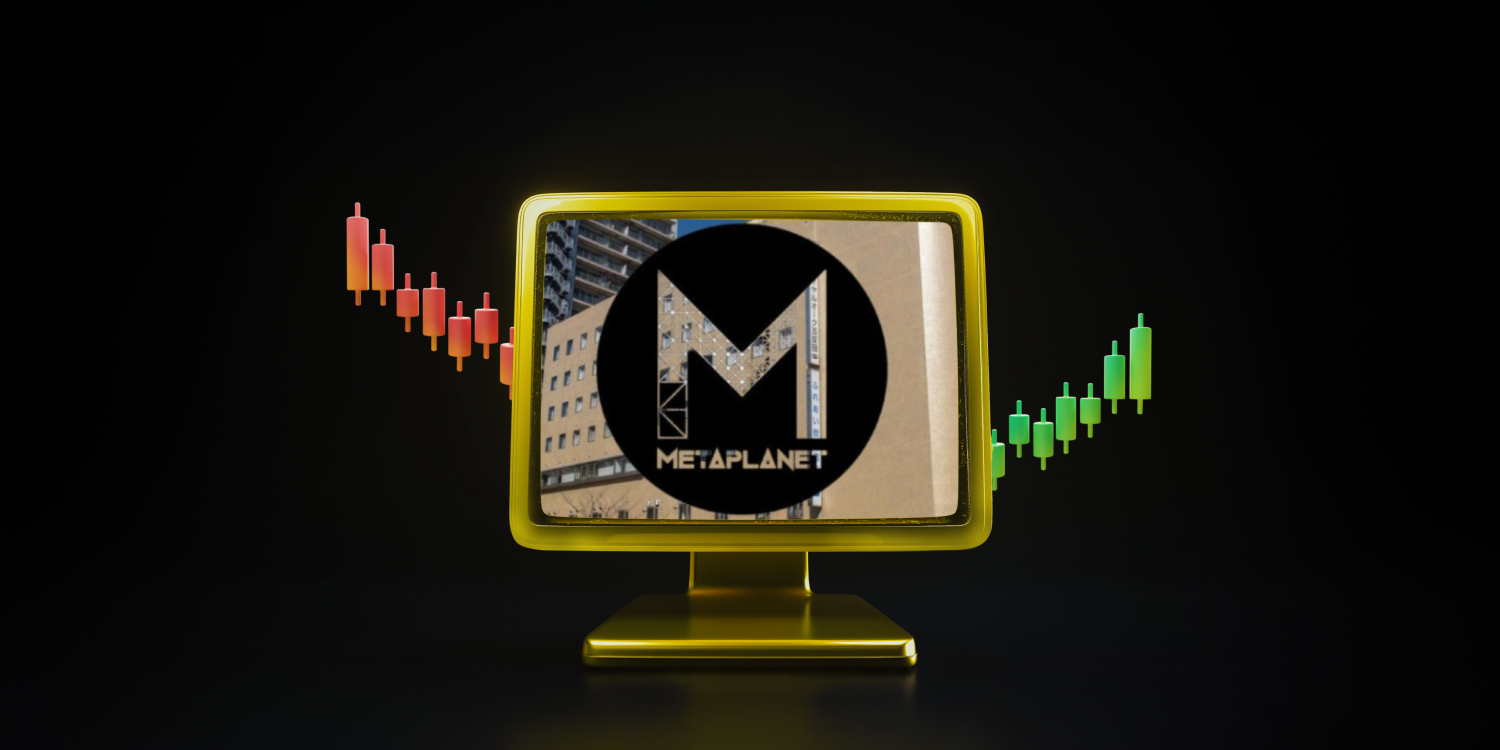Introduction
In an environment of increasing global economic uncertainties and inflationary pressures in recent years, investors seek a safe haven and turn to traditional store of value instruments. At this point, gold, which has historically been considered a safe haven, tends to appreciate in inflationary environments. However, Bitcoin (BTC), the so-called digital gold, has failed to react as expected to this rise. Bitcoin’s inability to keep pace with the rise in gold prices is being carefully monitored by investors and economic experts.
This article will analyze the ONS gold price increase in light of global economic uncertainties and Bitcoin’s lack of reaction to this increase.
Global Economic Uncertainties and Gold Prices
Global economic uncertainty has left deep scars on the financial systems of many countries, especially in the post-pandemic period. The COVID-19 pandemic, the effects of which began in 2020, led to worldwide economic recessions, supply chain disruptions and an increase in unemployment rates. Subsequent inflationary pressures, currency depreciation, and interest rate hikes by central banks have led investors to turn to traditional store of value instruments. One of the most important of these instruments is gold, which has historically been regarded as a safe haven.
The tendency of gold to appreciate has historically manifested itself in various economic crises. Especially after the 2008 financial crisis, gold prices increased significantly with the intervention of central banks. A similar situation was observed in the early 2020s. Gold appreciated due to inflation concerns and the loose monetary policies of central banks, reaching around $2000 per ounce. In 2022 and beyond, gold continued to appreciate as economic uncertainties persisted.
In this context, the rise in the price of ONS gold is a natural consequence for investors as a search for reassurance. One of the main reasons for the appreciation of traditional gold is that it is a physical asset and is resistant to inflation. In addition, the fact that central banks continue to increase their gold reserves is also a factor that increases the demand for gold.
Bitcoin and its goal of becoming digital gold
Bitcoin is a decentralized digital currency created by Satoshi Nakamoto in 2008. Over time, Bitcoin’s limited supply (limited to 21 million BTC) and its potential as a secure store of value positioned it as digital gold. Bitcoin was developed with the goal of becoming a store of value like gold, and over time it has acquired a number of features that support this goal. One of its most notable features is its limited supply and decentralized nature. This has reinforced the idea that Bitcoin can be resilient to inflation and appreciate in value over time.
However, for Bitcoin to act as a store of value against inflation, it needs to be widely accepted by the traditional financial system and investors. However, Bitcoin’s volatility is a major obstacle to its success in this area. Bitcoin is known for its large short-term price fluctuations, making it difficult for traditional investors to adopt it as a safe haven.
Differences between Bitcoin and Gold
There are several reasons why Bitcoin has failed to gain the expected value against gold. First, Bitcoin’s volatility causes traditional investors, especially institutional investors, to turn to a more stable asset like gold. After reaching its historical peak in 2021, Bitcoin experienced a major decline and then followed a volatile chart again in 2022. This rendered Bitcoin a short-term speculation tool and caused investors in search of a long-term safe haven to turn to gold.
Another reason is the uncertainty surrounding Bitcoin’s regulatory and acceptance level. Gold has historically been a globally accepted store of value. However, Bitcoin still carries regulatory risks due to its limited acceptance in many countries and its decentralized nature. For example, the legal status of Bitcoin in some countries is still unclear, which undermines investor confidence in Bitcoin.
The complexity of Bitcoin’s security and storage methods is another obstacle. As gold is a physical asset, it is easier to secure and its ownership is often associated with the possession of physical gold. Bitcoin, on the other hand, is a digital asset, so it relies on technical knowledge such as digital wallets and private keys. This poses a barrier, especially for individuals who are not tech-savvy.
Bitcoin’s Lack of Response: Why the Price of Bitcoin Isn’t Rising While the Price of Gold Is?
The fact that the price of Bitcoin has not risen as expected as the price of gold has risen is due to several psychological and economic factors. First, investors are looking for a safe haven. Global economic uncertainties, especially the risks of inflation and recession, are driving investors to more stable and risk-free assets. Gold is preferred by investors as it has historically appreciated during such periods.
Bitcoin’s increased volatility and speculation-driven behavior make it attractive for short-term investors, but a riskier option for long-term investors. In addition, its decentralized structure and the fact that its technological infrastructure is still developing cause Bitcoin to be handled more cautiously by investors in search of a safe haven.
Conclusion
Gold, historically an asset that tends to appreciate during periods of economic uncertainty, has appreciated under global economic uncertainties and inflationary pressures. While Bitcoin is trying to position itself as digital gold, it is unable to keep pace with this rise due to factors such as its high volatility, legal uncertainties and security issues. Whether Bitcoin will be accepted as a safe haven will depend on whether it can gain the trust of investors over time. For today, gold remains the asset of choice for investors as a safer and more stable store of value.





